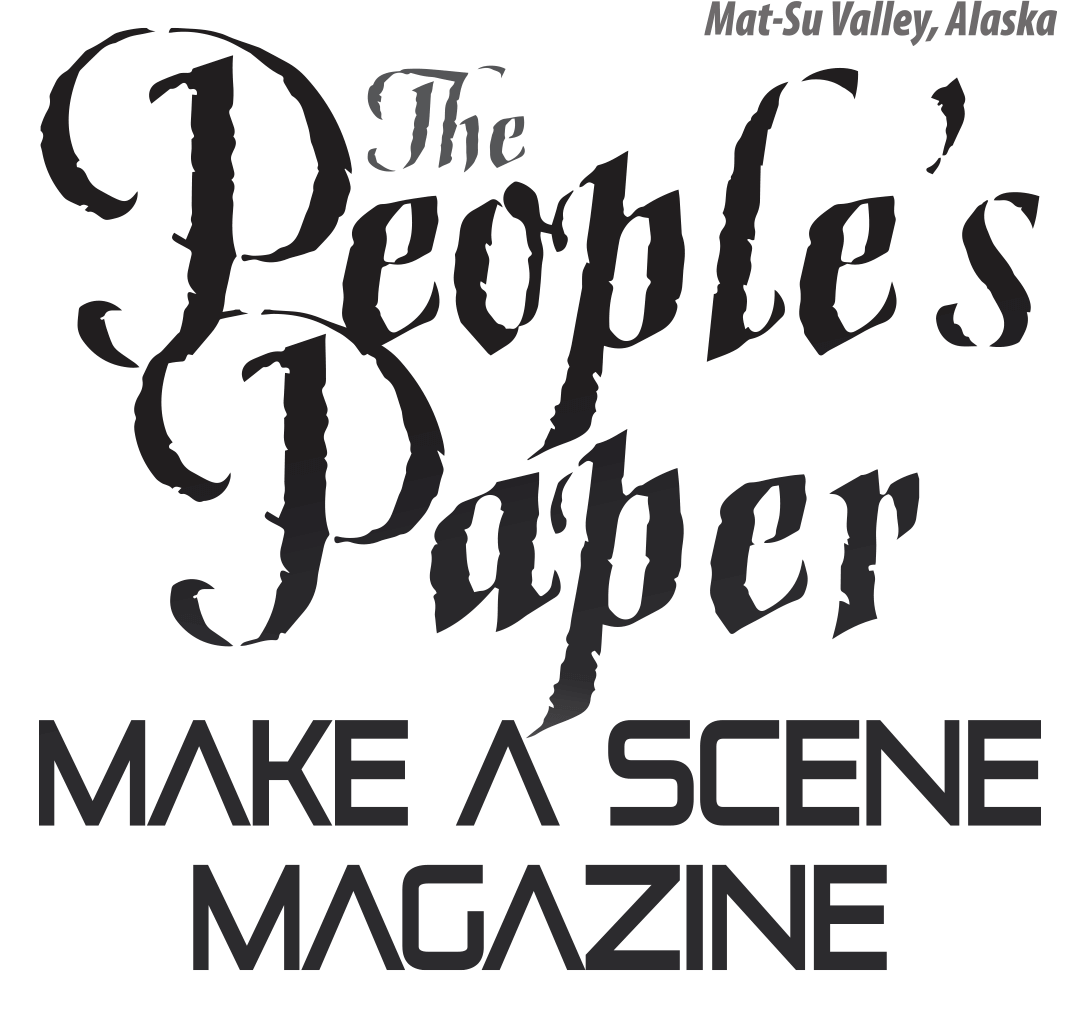Contributed by Alys Culhane
When I first heard the word abundance, the image that came to mind was that of cornucopia, a horn overflowing with fruit, corn, and other edible produce. This was when I was in the third grade, and Mrs. Scoville was showing us images related to Thanksgiving.
The term abundance again surfaced shortly after the inception of the Bright Lights Book Project in, January 2019. This is when I and BLBP co-founder Bill Schmidtkunz began unloading the contents of the first of several Gaylords, chest high cardboard boxes, filled with books. This was at Valley Center for Recycling Solutions.
“Abundance,” said Bill, opening a new copy of Jane Austen’s Pride and Prejudice. “Yeah, “abundance,” I said, handing him a well-worn copy of Charles Dicken’s Great Expectations.
We presumed that we’d find audiences for the books in the Gaylords, and for the umpteen boxes of books stacked high on pallets. I estimated that it would take five months to go through these boxes. I’d then resume attempting to make my mark as a writer. I knew that I had achieved literary notoriety when Pete pulled Raudi’s Story, from one box, and Bea Adler pulled Road Songs: Essays on Exploring New Zealand, from another box.
Bill and I, as well, seven other volunteers, are still working at getting VCRS and other books into the hands of appreciative readers. The local literary cornucopia is overflowing and spilling onto the floor.
The spillage came about last March, shortly after the Alaska Daily News ran an article on the BLBP. The next day I received close to 50 emails in which I was asked if we were accepting donations. The day after that, I received 70 emails. I’m now averaging a dozen emails a week. Most of these inquiries have come from Alaskan residents, with the remaining few coming from the Lower 48. I have yet to turn anyone down, with the exception of those wanting to part with textbooks and encyclopedias. I say in my heartful response to the latter, “sorry, we just don’t have the room.”
We’re continuing to take donations from VCRS, family libraries, thrift stores, bookstores, individuals, and those writers who, having an excess of their own books, hope to reduce their burgeoning inventory.
Why so many books here? Palmer is unique in that it’s a literary crossroads for reading material. Since the Colony Days, those either moving here or passing through have innumerable books with them, this including cookbooks, gardening, and fiction and nonfiction. Many of these books have been inscribed with names and dates. Still, the source of innumerable books remains a mystery. For instance, how is it that a donated private collection yielded a copy of The Kentucky Thoroughbred by Kent Hollingsworth, with the inscription “To Ken Pease—Any man who carries a copy of Anna Karenina in his fatigue blouse on a long march needs another book.”
The BLBP volunteers have managed to keep pace with the influx of books
Our high placement rate is due to the fact that we quickly became adept at determining who the audience for most works might be. Many of the books that first crossed our path ended up (as has the Hollingsworth book) in our home libraries. We then began offering books to the public, most of which can now be found on bookcases that we’ve placed in area businesses. And although there is an abundance of good books, there seems to be a shortage of good bookcases. (See our website: www.brightlightsbookproject.org for a list of bookcase locations.)
And we began shipping them to villages. We’ve also been passing out books at summer events. For instance, the Palmer Museum donated outdoor space, which has enabled us to pass out books to kids on Fridays in the summer. The Goose Creek Correctional Facility recently took 10 bins of books, for distribution to inmates.
We’ve dealt well with abundance, but now we are attempting to deal with overabundance. The BLBP book storage area is now in several places, these being the Church of the Covenant/Meeting House and the U-Haul Storage facility. We have also stashed books in a garage, a goat shed, and a cabin. We need a central location with enough storage space for all incoming books. This will better enable us to access sought-after books and hold onto books in which the audience has not yet materialized. In this way, overabundance will again become abundance.
We all live to make our third-grade teachers proud. I’m sure that Mrs. Scoville would be pleased to know that her former student took the idea of cornucopia one step further, by making an analogy to an overabundance of books.
